Backlinks often come up in marketing meetings, but their impact reaches far beyond keyword rankings or referral clicks. At a technical level, they act as verification signals from the wider web that a platform is credible, useful, and worth indexing. For developers and tech teams, understanding how links validate architecture and influence crawl behavior belongs alongside work on load speed and structural refinement.
When a site’s structure is sound and its content earns reputable links, search engines respond with improved crawl frequency and stronger trust signals. Those outcomes shape how effectively a brand’s digital presence performs in organic search. Working with an expert link-building agency for brands helps ensure those links come from quality sources and support the technical integrity of the site rather than undermine it.
Backlinks might feel intangible compared with code, yet they play a measurable role in a platform’s success. They influence how search engines discover new pages and how potential clients perceive authority. For modern tech brands that treat the web as an ecosystem of trust and performance, strong backlinks form an unseen framework that holds visibility together.
The Technical Foundations of SEO

Technical SEO sets the baseline for everything a site can achieve in search. It governs how efficiently pages are crawled, how information is structured, and how search engines interpret signals of trust. For developers, these are tangible engineering choices that affect how every URL performs.
Clean code, logical internal linking, and properly configured redirects create a site that search engines can interpret without friction. Structured data and XML sitemaps add context for crawlers, while optimized load times influence how pages are evaluated in ranking systems that weigh user experience. Even small flaws, like an orphaned page, a missing canonical tag, or a redirect loop, can weaken how authority flows across a domain.
High-quality backlinks make the technical work pay off. When respected sites link to well-built pages, they validate the code and the information behind it. Each link signals to crawlers that the architecture deserves deeper coverage and the content merits indexing. For teams focused on speed, security, and stability, the technical side of SEO and link quality move in lockstep.
Why Strong Backlinks Still Matter
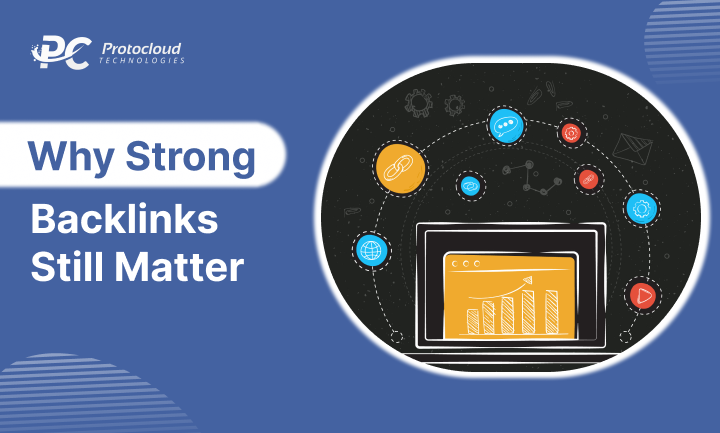
Search algorithms continue to evolve, yet backlinks remain one of the most consistent signals of authority. Even as AI shapes ranking systems and intent modeling, links still act as endorsements that algorithms can quantify. They show which sites the web community finds trustworthy and which deserve higher visibility.
The data continues to back this up. Resources like Moz show a clear correlation between strong backlink profiles and higher organic rankings. For platforms built with scalability and performance in mind, this correlation is especially meaningful. Backlinks do more than pass authority. They guide search engines toward the depth and reliability of a site.
Quality matters more than raw volume. Links from relevant, reputable domains carry real weight, while spammy or low-value links can dilute trust. This makes the connection between development and link strategy crucial. A well-built site gives backlinks something substantial to reinforce, including solid architecture, clear hierarchy, and consistent content performance.
Integrating Link Building into Web Development Strategy
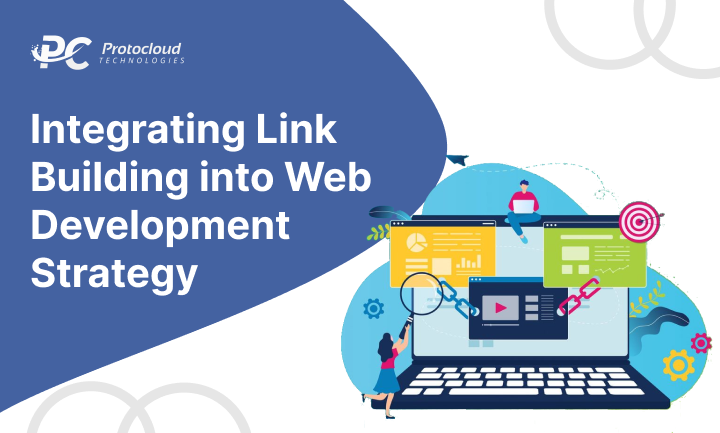
Many teams consider SEO after launch. In reality, a site’s structure determines how link equity will flow long before the first backlink appears. Building link considerations into the development phase ensures every technical decision, from URL hierarchy to internal linking, supports long-term visibility.
A solid technical foundation lets backlinks carry their full weight. Use clear, descriptive URLs so search engines can map relevance across related pages. Set canonicals to keep authority from fragmenting across duplicates. Handle redirects at the server level with lean rules and consistent status codes so link equity flows cleanly through the site.
When developers and marketers collaborate early, the result is a platform designed for authority and performance. Outreach and content planning target the right sources and topics, while the technical scaffolding ensures those links strengthen the entire site. Treat SEO as a shared responsibility so structure and credibility grow together.
Choosing the Right Partner for Link Building
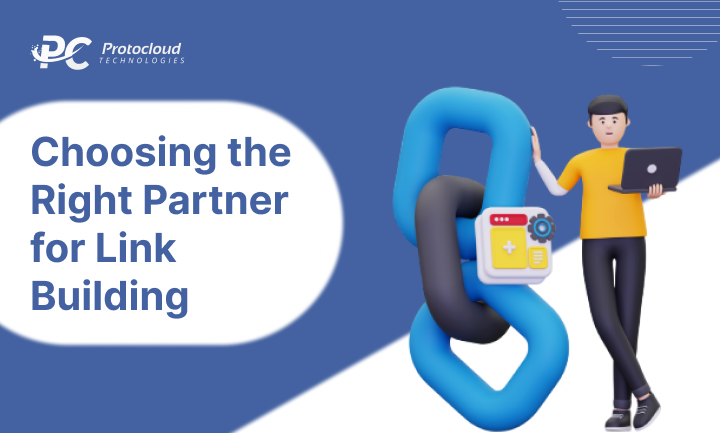
Not all backlinks are equal. The best ones come from sites that share relevance, context, and audience overlap with your brand. That level of precision takes time, research, and established relationships, which separates a professional partner from quick-fix services.
An effective agency prioritizes ethical outreach, careful vetting, and long-term credibility. They focus on placements that enhance trust rather than inflate metrics. Collaborating with a specialist link-building partner gives teams a balance of strategy and quality control. This approach turns each backlink into durable authority, not a short-lived spike.
The right partnership also brings insight. Experienced specialists track where authority flows, how anchor text distribution affects keyword performance, and which industry connections produce the most authentic results. When expertise guides the work, search engines and users see the same thing: reliable signals from credible sources.
How Tech Brands Can Measure the Impact of Backlinks
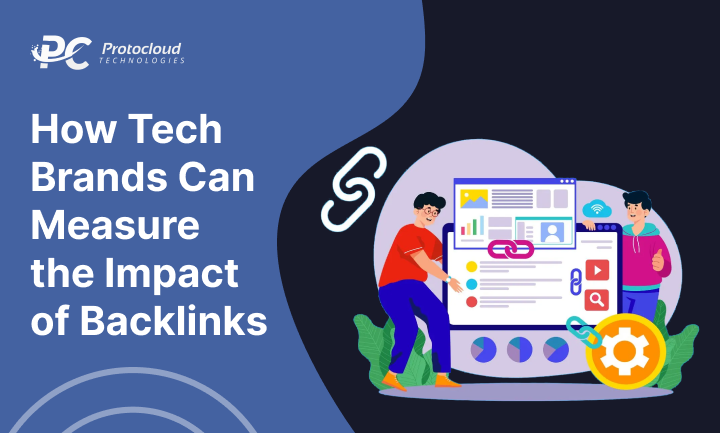
Strong links should show up in the numbers. Start with organic traffic to linked pages and related clusters. If impressions and clicks rise in Google Search Console, those links are doing work. Track ranking movement for target queries, but evaluate by topic groups rather than single terms to avoid chasing noise.
Referral traffic adds another layer. Quality links often bring engaged visitors, so watch bounce rate, time on page, and assisted conversions from those sources. If a link drives sign-ups, demo requests, or meaningful actions, it contributes value beyond search.
Authority metrics help with trendlines. Domain Rating and Domain Authority are third-party indicators, not ranking factors, but they are useful for gauging momentum. Pair them with a crawl of internal linking to confirm that link equity is reaching the right templates and commercial pages.
Tie these KPIs to a coherent SEO strategy that maps target topics, search intent, and technical baselines so performance trends feed directly into content planning and outreach priorities. Set a cadence for technical checks. Validate canonical tags, 301s, and pagination so new authority is not lost to index bloat or duplication.
The Connection Between Technical Excellence and Digital Authority

When a site performs well on every technical front, from load speed to clean architecture and accessible design, it earns more than user satisfaction. It earns trust. Backlinks reinforce that trust by signaling that others recognize the site’s reliability and relevance. Together, these factors create a feedback loop where performance supports visibility and visibility strengthens performance.
This relationship turns SEO into an operational strength. Developers who focus on scalable, efficient code make it easier for search engines to interpret site quality. Marketers who focus on ethical link building amplify that work through credible signals of authority.
The result is a platform that competes in search and feels strong in use. When technical precision aligns with high-quality backlinks, brands build a presence that lasts.
Conclusion
Technical SEO and backlinks often live in separate conversations, one centered on structure and the other on reputation. In reality, they depend on each other. A site’s technical strength determines how effectively backlinks pass authority. Strong backlinks, in turn, highlight and reward that technical reliability.
For tech brands, this balance shapes visibility and credibility. Every improvement to code quality, internal linking, and page performance amplifies the value of external trust signals. When both sides work in sync, search engines see more than a well-built site. They see a trusted one, supported by meaningful connections across the web.

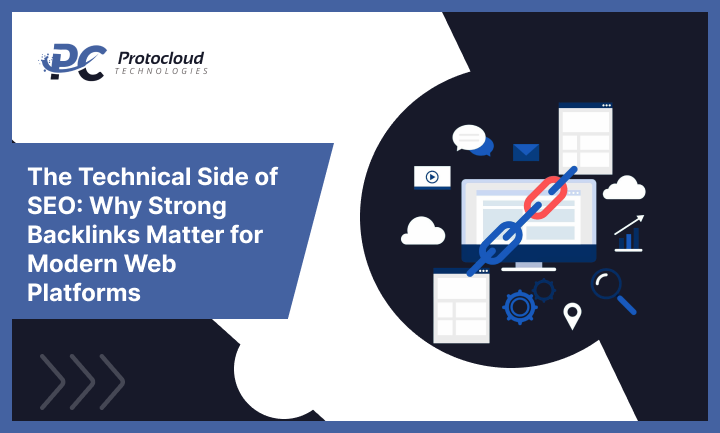





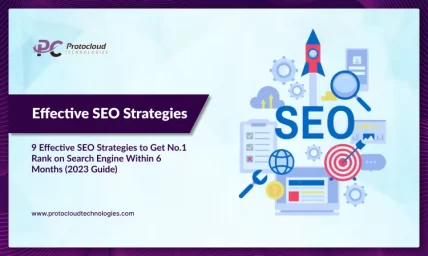
Leave a Reply